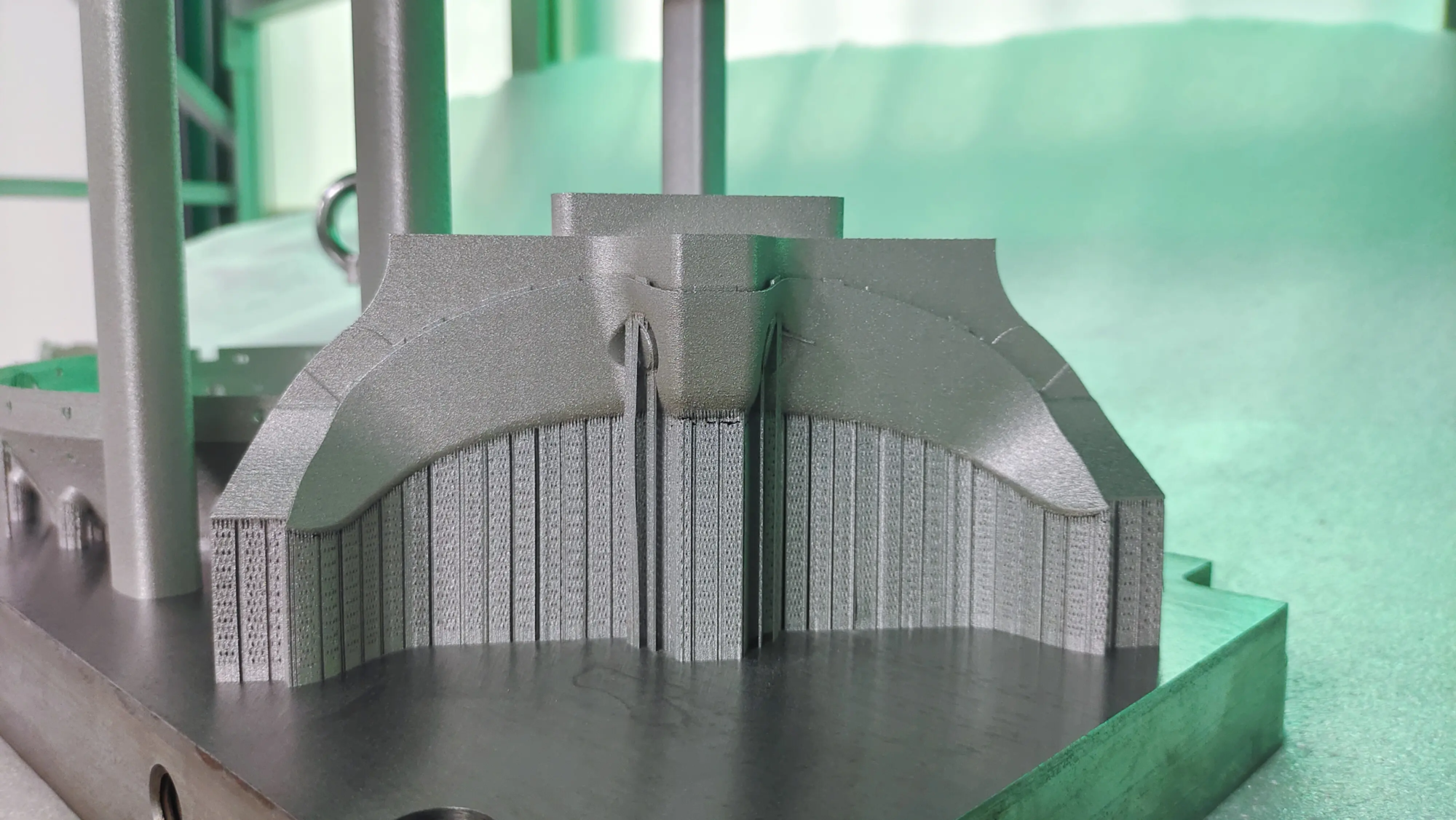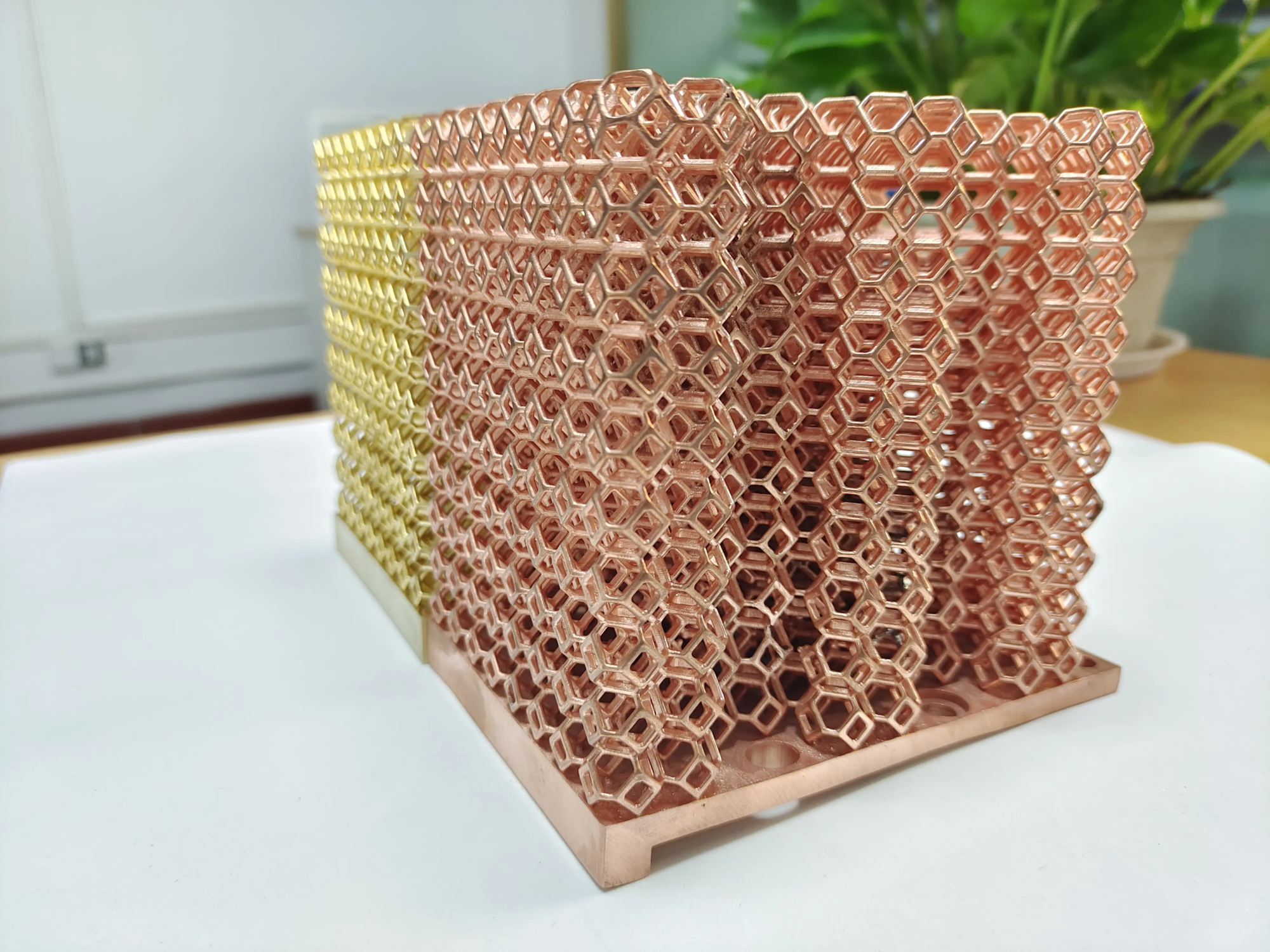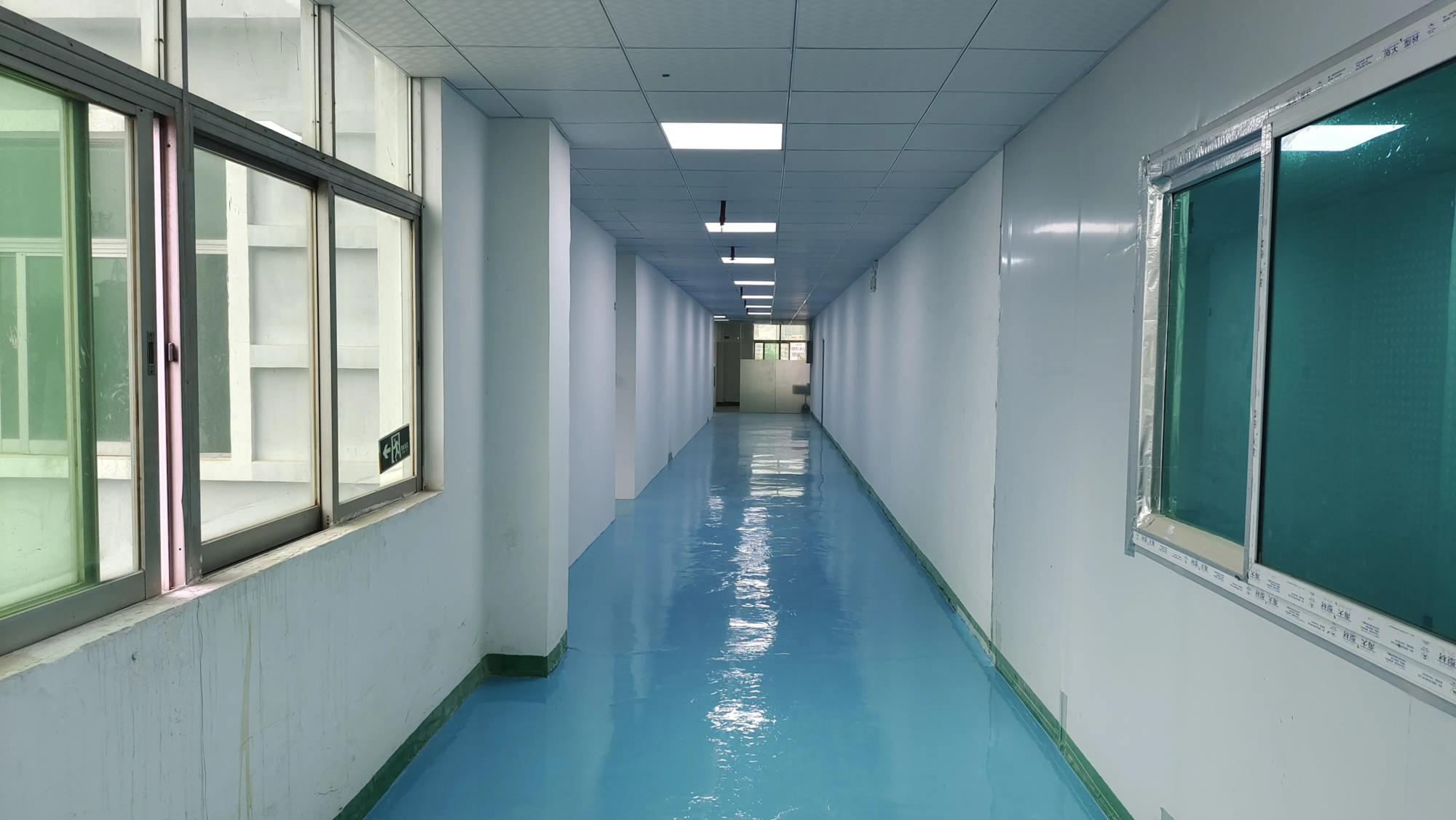Revolutionary Manufacturing: The Potential of 3D Printing of Treadmills Change Games
Imagine building a skyscraper vertically along the floor, but without stopping, but automatically lowering the ground, which can continue construction indefinitely. This is what is commonly known as the core principle "treadmill" 3D printing, a groundbreaking transformation that could break the physical boundaries that have long restricted traditional additive manufacturing (AM). This innovation is also not a continuous 3D printing or infinite construction technology, nor is it a science fiction novel, it quickly becomes an industrial reality, especially for large metal parts, which will redefine the possibilities of multiple departments.
Get rid of the build room
Conventional powder bed fusion (PBF) systems such as selective laser melting (SLM) operate indoors in fixed volume construction. The maximum part size is essentially limited by the size of this chamber. The finished parts must be cooled, the platform is lowered, the powder is reapplied, and then restarted. Any part that is longer than the Z height of the machine cannot be printed in one go. Multipart assembly introduces bottlenecks, potential weaknesses and geometric limitations.
Treadmill printing fundamentally changes this paradigm. Imagine that building a platform is not static, but rather a conveyor belt-like function, or appropriately a treadmill. When the laser or electron beam sintersect or melts the metal powder layer by layer, the cured part will gradually move sideways or down On a continuous path. Meanwhile, fresh powder is always fed to the constructed surface in front of the laser path. The printing process itself will never stop For layers that are re-finished or platform-down in the traditional way – it becomes a continuous process.
How Greatlight leverages the sustained potential of advanced SLM
As a pioneer in the rapid prototyping and manufacturing of specialized metals, Gremplight learns that embracing cutting-edge approaches is key to solving complex engineering challenges. Our foundation is based on Advanced SLM 3D printer Equipped with complex motion control systems and high-precision laser optics. Fully Continuous "treadmill" The system is still developing in business, and we actively integrate Principles and promotional technology Crucial to this future:
- Advanced reapply and powder management: Continuous printing requires incredibly reliable, high-speed powder delivery and reconfiguration mechanisms to maintain a perfect, consistent powder layer although Build platform mobile. Our SLM system utilizes state-of-the-art reconfiguration weapons and powder delivery systems to handle demanding powder flows, which is a prerequisite for a continuous approach.
- Precise motion control: Synchronizing the motion of the build platform/treadmill with a high-speed laser scanning system requires unprecedented motion control fidelity. Greatlight Leverages servo systems and control algorithms are used for high stability and minimum vibration even under dynamic loads.
- Powerful process monitoring and control: Continuous production requires 100% uptime monitoring. Our system combines comprehensive process monitoring (thermal cameras, photodetectors) and closed-loop control to detect and possibly correct abnormalities, such as non-melts or deviations, ensuring quality throughout the entire expansion, uninterrupted build.
- Optimized thermal management: The thermal metal structures printed continuously moving parts present a unique thermal gradient challenge. We optimize laser parameters, scanning strategies, and potential heating/post-heating options to reliably manage pressure and reliably achieve the desired microstructure.
Unlock previously impossible applications
The meaning of treadmill 3D printing is profound and opens up the door to unimaginable applications of traditional AM:
- Real mass production: Manufacturing nearly infinite length components is crucial to aerospace (spar, large pipeline, fuselage cross-section), energy (long pipeline, turbine, heat exchanger core), automobile (long structural beam, chassis assembly) and construction (building elements, bridge assembly).
- Integrated structure: Print composite components as a single monolithic part, eliminating assembly steps, joints, fasteners, and potential failure points. Imagine an entire hydraulic manifold system or a complex cooling jacket that continuously operates printed.
- Massive customization: Economically low to medium volumes produce unique long parts without the need for a large amount of remake required in subtraction manufacturing. Ideal for customized engineering solutions.
- Enhanced structural integrity: Continuous builds may provide more uniform material properties along the length and avoid smaller contradictions sometimes associated with stop/start.
Continuous Advantages: Beyond Size
Eliminating the scale limit is revolutionary, but the benefits further expand:
- Improve productivity: Eliminating downtime associated with cooling and reducing platform and chamber clearance (common in traditional cycles) can greatly increase machine utilization and throughput for long parts.
- Material efficiency: Reduce the need for part segmentation, and then the connections are connected to minimize material waste in the support or sacrificial structures that are purely used for assembly.
- Reduce post-processing: Logically, handling a large continuous section is usually simpler than managing multiple segments that need to be aligned and joined.
Conclusion: Embrace a sustained future
Treadmills or continuous 3D printing represent a paradigm shift in additive manufacturing, moving the industry from discrete, batch-like production to a truly continuous process for large metal components. Although the challenge remains in the full commercialization of powerful high-throughput systems, core technologies based on this approach (advanced refinishing, unrivalled motion control and rigorous process monitoring) are rapidly maturing.
At Greatlight, we are at the forefront of integrating these advanced features to our Professional rapid prototyping and manufacturing services. Our expertise SLM 3D printing technology And working to solve the challenges of complex metal parts can allow us to fully place this continuous revolution. Whether you are exploring aerospace innovation, design freedom of energy infrastructure or limitations in advanced automotive applications, our focus is on delivering high-quality, complex metal parts quickly and efficiently with full support. One-stop post-processing and completion service. Most materials can be tailored to your needs.
Ready to explore the continuous manufacturing principles and how the advanced features of Greatlight change your next project?
Treadmill 3D Printing FAQ (focus on Metal AM)
Q1: What is it "treadmill" 3D printing in metal additive manufacturing?
A1: It refers to a class of metal AM technologies being developed (such as advanced SLM variants) where the build platform or part itself moves continuous During the printing process (such as a treadmill or conveyor belt), fresh powder is fed at the same time. This allows for the creation of nearly unlimited parts, thus overcoming the Z-Height limitations of traditional fixed core chamber 3D printers. Traditionally, the process doesn’t stop replaying.
Q2: What are the main advantages of continuous printing over traditional metal 3D printing?
A2: The main advantages are:
- Infinite length: Ability to make extremely long parts in a fixed cockpit machine.
- Improve productivity: Rapidly reduces non-production time (cooling, re-cycle), thereby increasing the throughput of long parts.
- Overall structure: Generate large and complex components as a single part, eliminating joints and assembly steps.
- Potential for better material consistency: Continuous motion may result in more uniform length thermal profiles and material properties compared to traditional layer-by-layer constructions.
Q3: Greatlight provides real "Unlimited construction" Did the treadmill print?
A3: Although all commercial advertising is implemented "Unlimited construction" The system is still evolving Core facilitation technology Continuous printing is crucial in our advanced SLM capabilities. We focus on high-fidelity reconfiguration, precise motion control and rigorous process monitoring – the basic building blocks of this technology. We are specialized in using the latest SLM principles to effectively produce large, complex metal parts and are ready to adopt continuous technology when commercially mature.
Question 4: What materials can be used for this technology?
A4: This technology is mainly aimed at metal powder bed processes such as SLM. Therefore, the standard kit for metal alloys for SLM is still applicable:
- Titanium alloy (TI-6AL-4V)
- Aluminum alloy (ALSI10MG, ScalMalloy)
- Nickel-based superalloy (Inconel 718, 625)
- Stainless steel (316L, 17-4 pH)
- Tool Steel (H13, Maraging Steel)
- Copper alloy (Requires a specific laser system). GRESTLIGHT specialized research Customized material solutions According to the application requirements.
Q5: Will treadmill 3D printing benefit the most?
A5: Industry that requires large, complex, high-performance metal structures will see the biggest impact:
- aerospace: Long wing spar, fuselage structure, pipes, engine components.
- Energy and Oil and Gas: Long pipes, turbine housing, large heat exchangers.
- car: Structural chassis components, long suspension parts, integrated system.
- Industrial Machinery: Large frames, custom tools, extended hydraulic manifolds.
- put up: Architectural elements, structural support.
Question 6: Are there limitations or challenges in continuous printing?
A6: The main challenges include:
- System complexity: The requirements for developing reliable, synchronous motion and powder feed systems are required.
- Thermal management: Controlling thermal gradients and pressure in continuously moving thermal parts is essential to mass.
- Surface finish and resolution: Maintaining fine feature details and surface smoothness on moving surfaces requires advanced control.
- Business maturity: Fully integrated high-production continuous systems are still emerging.
- Powder treatment: Ensure long-term consistent, high-quality powder flow.
Question 7: How to explore large-scale or complex metal parts manufacturing using advanced technology at Greatlight?
A7: Contact Greatlight’s engineering team! We specialize in research Rapid prototyping And use Advanced SLM technology. Share your CAD files and project requirements. Our experts will evaluate the best approach – whether leveraging our large-capacity SLM capabilities optimized for large buildings or exploring future continuous printing potential – and provide Fast, competitive quotes Including comprehensive Post-processing options. Most materials can be quickly customized and handled. [Link to Contact Form/Quote Request]
Now quickly prototyping parts at the best price, leveraging the future of additive manufacturing.





